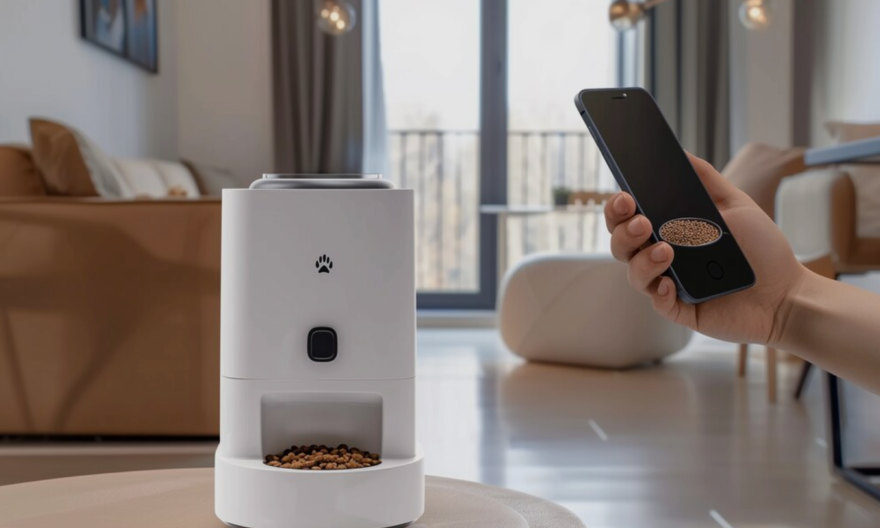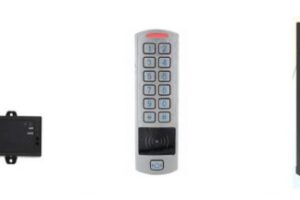
Smart home systems are gaining popularity in this fast-paced world of technology. Be it Singapore or anywhere in the world, a smart home system promises convenience, security, and energy efficiency. However, setting up these systems is not as straightforward as it sounds. Common mistakes result in frustration, additional cost, or worst of all—making your home less smart than you had envisioned.
In this blog, we are going to talk about simple mistakes people usually make when it comes to their smart home systems and how to avoid those common errors. We will discuss various smart home system Singapore so all the contents will provide insights for people planning to start up their homes or even upgrade an existing one.
What is a Smart Home System?
A smart home system connects any number of devices, appliances, and security features to a central hub, usually controlled through a smartphone or voice assistant. Smart home solutions may include smart lighting, thermostats, cameras, doorbells, and even entertainment systems.
However useful these systems may be, there are a few common mistakes that can be easily avoided to make the smart home journey easier.
1. Lack of proper planning
Most just dive into smart home systems without a plan. This mistake causes them to end up buying incompatible devices and, even worse, not addressing the needs they actually require.
- Assess your lifestyle: What do you actually need in your smart home? If you think security is your top priority, then concentrate on smart cameras and doorbells. If you consider convenience as your number one, then look into automated lighting and a smart thermostat.
- Wise spending: So many bells and whistles can come with a system, and before you know it, the costs can add up quickly. Big-ticket items first
- Think in the long term: Will this system you are installing today be good enough in five years? Design for scalability and smart home future-proofing, as trends seem to pop up overnight in places like Singapore.
2. Disregarding Compatibility
Not all machines are created equal, and not every machine will work well with others. The mistake of buying devices from various brands that do not sit together leads to a disjointed system that becomes more of a hassle than a convenience.
- Stick to one ecosystem: It’s much simpler to handle devices that are compatible with one central platform, for example, Google Home, Amazon Alexa, or Apple HomeKit.
- Check compatibility before buying: Always research if your device will work with your existing smart home system. For instance, some smart home solutions in Singapore may be set up with regional preferences and not blend well with global systems.
3. Underestimating Wi-Fi Requirements
A smart home system is only as good as the internet from which it feeds. If your Wi-Fi can’t service multiple connected devices, your smart home will feel sluggish or, worse, stop functioning.
- Upgrade your router if needed: This is how many people go terribly wrong. They hold onto an old router when a new one with stronger Wi-Fi coverage would breathe additional life into their devices.
- Use Wi-Fi extenders: A large house would need frequent spotting of weak signal strength in some areas. The use of Wi-Fi extenders would increase coverage and thus all devices working correctly.
4. Lack of Security Features
A smart home system is very convenient but throws open the doors of probable security risks. Many people overlook the importance of securing their devices which can lead to hacking or unauthorised access into your home systems.
- Use strong passwords: Never use default ones. Never use a password that would easily be guessed by people. Use one unique, safe password for each device.
- Use two-factor authentication: A lot of smart home systems, especially Singapore-based systems, use two-factor authentication. If such is the case, always implement this.
- Update software: Manufacturers are continually rolling out patches that uncover vulnerabilities. The installation will leave it open to the risk of a certain threat to some extent.
5. Overloading on Features
It’s very tempting to stuff up as many features as it is humanly possible in your smart home system. But with too many unnecessary gadgets filling the space, it becomes impossible and untidy to manage your smart home.
- Start out with the essentials: Basic smart home systems include lighting, security, and climate control. You can branch out further to add voice control, entertainment systems, or smart appliances once you feel comfortable with the basic setup.
- Avoid feature fatigue: Too many features that you never use make your smart home cluttered and confusing. Focus on those devices that improve your daily life.
6. Non-backup power solutions
Then, what happens in case of power cuts? Most forget how their home system works at such times. Although such devices in the smart home are so resource efficient, these operate with a steady input of electricity.
- Invest in backup power: Uninterrupted Power Supplies or generators can be helpful for keeping critical systems running during a blackout.
- Manual operation plan: You must have the basic devices like door locks or garage doors to be operable in manual mode in case of smart failure.
7. An Ignorance of User Experience
A system of smart homes has to make life easier for you, not harder to deal with. Complexity and non-intuitive nature can prove to be frustrating and waste your time. So you might not have the full advantage of smart home solutions.
- Usability counts: Choose devices whose apps are intuitive and convenient to use. Test out different systems to choose one that you can easily work with.
- Plan Automation thoughtfully: Automating too many things or configuring lousy routines can result in annoyances rather than conveniences. Make sure your smart home system is going to streamline tasks rather than complicate them.
Conclusion
It’s very exciting to build a smart home, but you have to avoid the common pitfalls if you want to get the very best out of it. Proper planning, finding what will work well together, good Wi-Fi connectivity, a secure system, and a focus on features you really need make for a seamless and efficient smart home system. Whether in Singapore or elsewhere, smart home solutions will turn your living space around only if you can avoid making these key mistakes.



